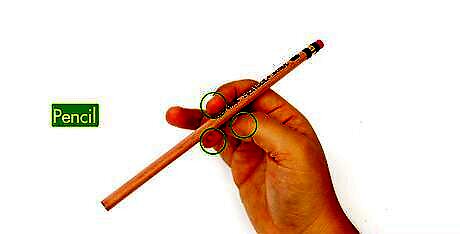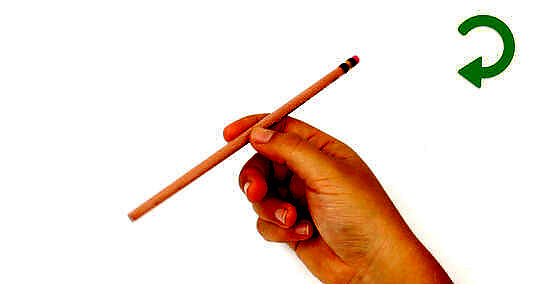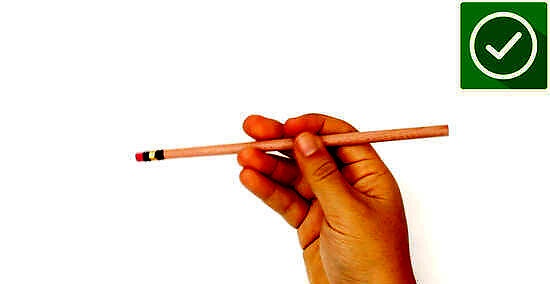
views

Hold the pencil between your index finger, middle finger, and thumb. Grasp your pencil in your dominant hand. Your index and middle finger should be spaced apart from each other by about the width of your thumb. In other words, if the pencil was not there, your thumb should be able to fit comfortably between your index and middle fingers. Opinions vary about which part of your pencil you should grip. Some prefer to grip the pencil in the middle, near its center of gravity, while others like to center their grip at the end of the pencil. It's up to you - experiment to see which you find easier.

Pull with your middle finger like a trigger. In this trick, your middle finger provides most of the energy for spinning the pencil. Gripping the pencil between your thumb, index, and middle fingers as described above, pull or flick your middle finger inwards as if you were pulling the trigger of a gun. Ideally, this will cause your pencil to begin turning around your thumb. If you're having trouble getting the pencil around your thumb, re-examine your grip - if your middle finger and thumb are aligned too closely to each other, you may be pulling the pencil into your thumb, rather than around it. It's tricky to find the perfect amount of force with which to move your middle finger. Too much force will cause the pencil to go flying, but if you use too little force, the pencil won't make it all the way around your thumb. Practice makes perfect - with time, you'll develop a sense of how much force makes your pencil spin "just right".

Roll your wrist to help get the pencil around your thumb. Beginners usually experience trouble spinning pencils at the outset. Often, they have difficulty getting the pencil to turn completely around the thumb. To make this easier, try rolling your wrist as you pull with your middle finger. Gently turn your wrist (as if you were turning a doorknob) away from your body as you make your "pull". This imparts added momentum on the pencil, and, as an added benefit, helps to keep your fingers out of the path of the spinning pencil.

Move your fingers out of the way so they don't block the pencil's spin. When you're learning how to spin a pencil, it's important to be conscious of the positions of your fingers after the initial "pull" from your middle finger. One common mistake among beginners is to unknowingly obstruct the path of the spinning pencil with their index or middle finger. There are several techniques for keeping your fingers out of the way - two are listed below: After the initial "pull", tuck both your index and middle fingers in so that they are under the joint of your thumb. The pencil should spin around your thumb above your fingers. Simultaneously fold your middle finger in at the joint closest to your hand and extend your index finger as far as it goes. Your middle finger should end up resting with the inside of its last joint on the thumb. The spinning pencil should miss your extended index finger.

Catch the pencil. The most impressive part of spinning a pencil isn't necessarily the spinning pencil itself - it's the fact that the person spinning the pencil is able to effortlessly catch the pencil and repeat the trick over and over. Once you've gotten the hang of spinning your pencil, work on "catching" the pencil without fumbling it. After one turn, angle the spin of your pencil into the side of your middle finger. As it makes contact with your middle finger, use your thumb and index finger to support the pencil from opposite sides.

Practice, practice, practice. The act of spinning a pencil will undoubtedly feel awkward at first. However, like any feat of dexterity (such as riding a bike or performing a sleight-of-hand trick), with time, the motions involved in this trick will become so natural that it will be difficult to spin the pencil incorrectly. As you practice, experiment with different grips, techniques and angles until you find the perfect combination. For added practice, once you've mastered this trick in your dominant hand, try using your non-dominant one!



















Comments
0 comment